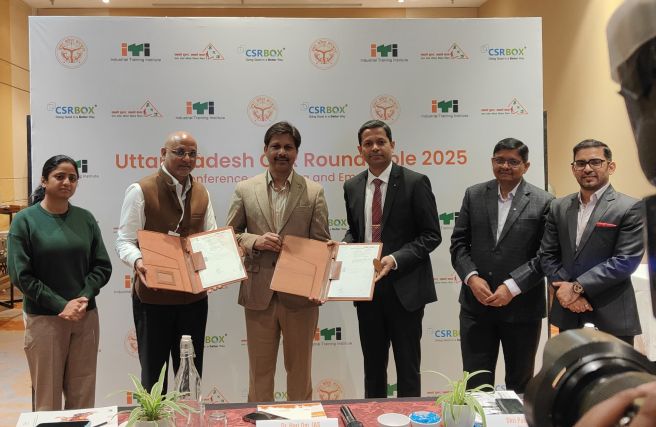
The Covid pandemic lockdowns did catch students and education institutions unexpectedly and unprepared for alternatives initially but soon online mode of education emerged as the most viable solution to offset disruption of education. Its shortcomings notwithstanding, online education became a new normal with pandemic lengthening its spell and therefore need to keep education institutions continuously shut to avoid virus from spreading.
While on the face value it appears that online has helped in tiding over the situation and helped continuation of education delivery, still there is no official estimate as to what percentages of students indeed are not able to access education online. Those statistics may take time to emerge but some smaller studies and their findings say these percentages could be phenomenally very high.
West Bengal Right to Education Forum (RTE Forum) and Campaign against Child Labour (CACL) on August 24 released the results of their Rapid Assessment Survey, which point out towards a huge gap in digital divide. Conducted in the months of May-June across 19 districts of West Bengal through 32 organisations, the assessment was based on responses of involved 2154 children and their families and among them 173 disabled children.
According to its findings only 29% among the children who were attending schools before lock down (Pre-primary to Class XII) were able to access Digital/online education support during the lock down. As against it , 37.5% of the disabled children, were accessing digital/online education support. The mobile app “WhatsApp” was the most used online means of attending classes – with 54% children among those using online means, using this application.
The percentage of students accessing online education was lowest among the students of lower classes (21.5% among the student of pre-primary and primary level) and highest among the student of higher classes (53.2% among the student of higher secondary level). Among the children of Right to Education compliance age (6-14 years) covered by the rapid assessment, 96.5% were attending school before lock down but only 24.3% were accessing online/digital education during lock down. The major reasons for surveyed children not being able to access online education was – options not even existing – 49.50%, not having smart-phones or computers –32.83%. The report says 33% children did not had access to smartphone / computer at home.
The parents of 7.13% of school going children covered by the assessment said they are not sure that their children will resume education when schools reopen and for 1.17% children, the parents have shared that they will not resume school.
The number of child labour among the school going children of 6- 18 years age group increased by 105% during the lock down period. Number of child labour increased among the girls by 113% while among the boys by 94.7% during the lock down period
Percentage of child labour among the school going children was 5.58% before lock down period which has been increased to 11.46% during Lock down period. Though the percentage of child labour among school going children has been decreased among the 6-10 years age group but it has been increased both in 10-14 years and 14-18 years age groups. In the lock down period, 42 incidents of child marriage have been reported in this assessment.
“The purpose of this Rapid Assessment was to understand and generate evidences on the extent and the degree of access to different rights of the children during lockdown period and freezes those areas as spots to highlight for actions of all concerned, primarily the State Government, to restore the same,” said Prabir Basu, joint convener, West Bengal RTE Forum & convener, CACL West Bengal Chapter.
Clearly, connectivity and access to digital world is a formidable challenge before the country and Covid pandemic has served a wake up call to prioritize it and work on strategies to end the digital divide as future of learning is invariably going to be blended one,








